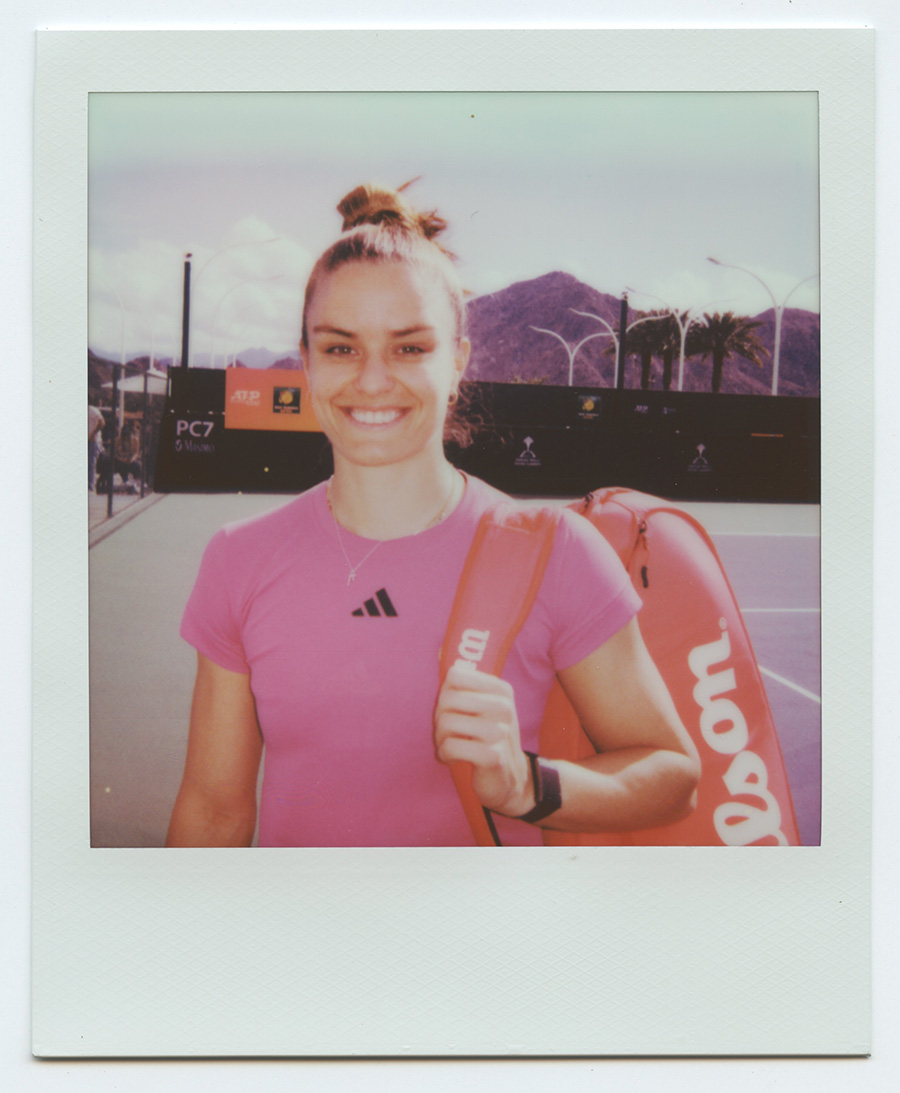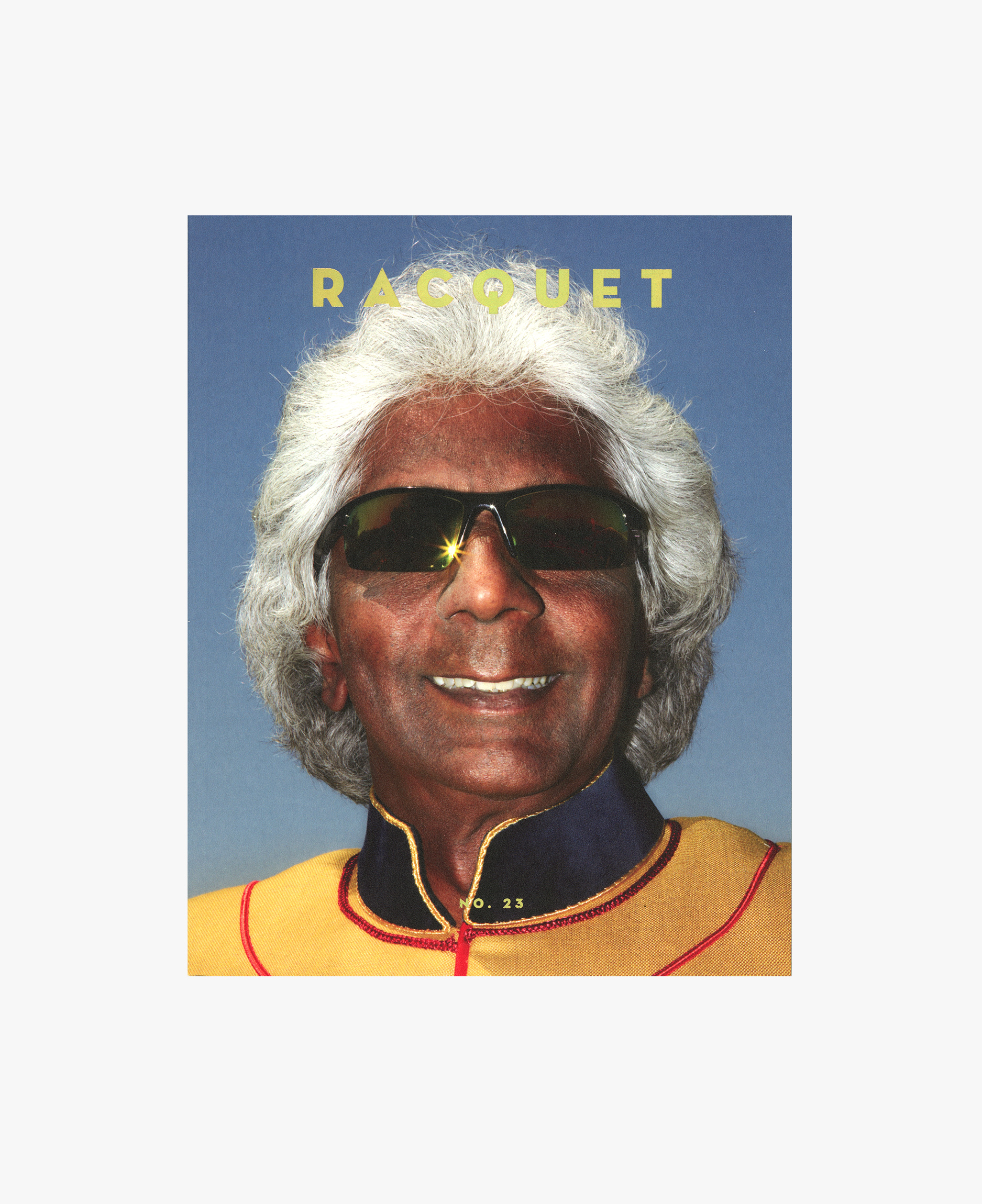By Giri Nathan
The scheduling of pro tennis is punishing even in the best of times. In the worst of times—how about a one-week turnaround between a Slam and a 1000-level tournament?—players might just decide to bail, no matter the points and money at stake. On paper, Guadalajara is a big event on the WTA schedule, the season’s second-to-last tournament of this stature. In reality, it’s a week spent laboring in unusual conditions (a mile above sea level) at a nonmandatory event right before the tour migrates to Asia. Translation: an impromptu rest week. A wave of withdrawals sapped the tournament of its star power. The US Open champ Coco Gauff wasn’t coming to extend her white-hot 18–1 form; nor would runner-up Aryna Sabalenka be playing her first-ever matches at the world No. 1 ranking on Mexican soil. Also absent were Iga Swiatek, Jessica Pegula, and Elena Rybakina, rounding out the top five. Ditto the Czech bloc (Vondrousova, Muchova, Krejickova, Kvitova). More than half of the top 30 players were missing for one reason or another.
The resulting Guadalajara draw was astonishing, flecked with less familiar names and a couple throwback ones: We’re talking Eugenie Bouchard wild card, Kiki Mladenovic direct entry. (One of those players has already committed to play professional pickleball in 2024.) The final direct entry, the Canadian player Stacey Fung, was ranked No. 226. There’s a huge chasm in this tournament where the best players in the world are supposed to be. For the remaining players, that chasm is shaped like opportunity.
Ons Jabeur got to play as top seed in Guadalajara, but looking about as fatigued and unsettled as she did throughout the Open, she lost in the third round to the skillful pest Martina Trevisan. Jabeur’s loss has cleared the way for Maria Sakkari, the No. 2 seed, who is overdue for some momentum at a big event. It’s been a consummate Maria Sakkari season in some sense. Lots of deep runs—seven quarterfinals, seven semifinals, one final—but zero titles. If she has seemed curiously absent from the popular tennis imagination this summer, that’s because she suffered first-round exits at Roland-Garros, Wimbledon, and the US Open. That makes it all the more surprising that she’s managed to hang around in the top 10. Though she seemed to be sitting near the top of the WTA hierarchy at the start of 2022, she has since been displaced by a new raft of talent. A run to the final in Washington was the bright spot of her summer, though she lost that championship match to an insurgent Coco, another sign of the changing times.

Still, I think Sakkari is way too good to own just one title, and that one at the 250 level no less. Guadalajara presents a perfect opportunity for her to sneak in the biggest trophy of her career without too much pesky elite competition getting in the way. As last year’s runner-up, she clearly enjoys the conditions here. The universe seems to want this for Sakkari, too, and the draw has parted as willingly as the Red Sea. Her quarterfinal opponent on Thursday evening was world No. 180 Emilia Arango. This is rarefied air for the 22-year-old Colombian, who just picked up her first wins at a 1000-level event, and her first win against a top-30 opponent. This week she was the killer of alliterative American dreams, dispatching Sloane Stephens and Taylor Townsend in rounds 2 and 3. Of Arango I knew two facts before Guadalajara. One: She is the rare backwards-cap enthusiast on the WTA, which is wonderful. Two: She is tough. I stood feet away from her during qualifying rounds at the US Open, when she took a nasty fall, hit her head, then got back on her feet and nearly won.
That same stubbornness shone through in Arango’s defensive repertoire on Thursday as she scrapped, sliced, and deposited the ball in odd places. This low-pace, low-error approach forced Sakkari to end points on her own terms, and she did not always look up for the task. When Sakkari flinched while serving for the match at 5–2 in the second set, I thought I could see an alarming upset taking shape. But no—she survived this unfamiliar foe, 6–3, 6–4, to earn a semifinal matchup against Caroline Garcia, who is coming out of a funk of her own. You can do this, Maria! And when people admire that glorious trophy on your shelf for years to come, they’ll never, ever remember the draw.
Above: Maria Sakkari faces Caroline Garcia this evening at 8:00 pm EST. Should be a corker. (David Bartholow)



